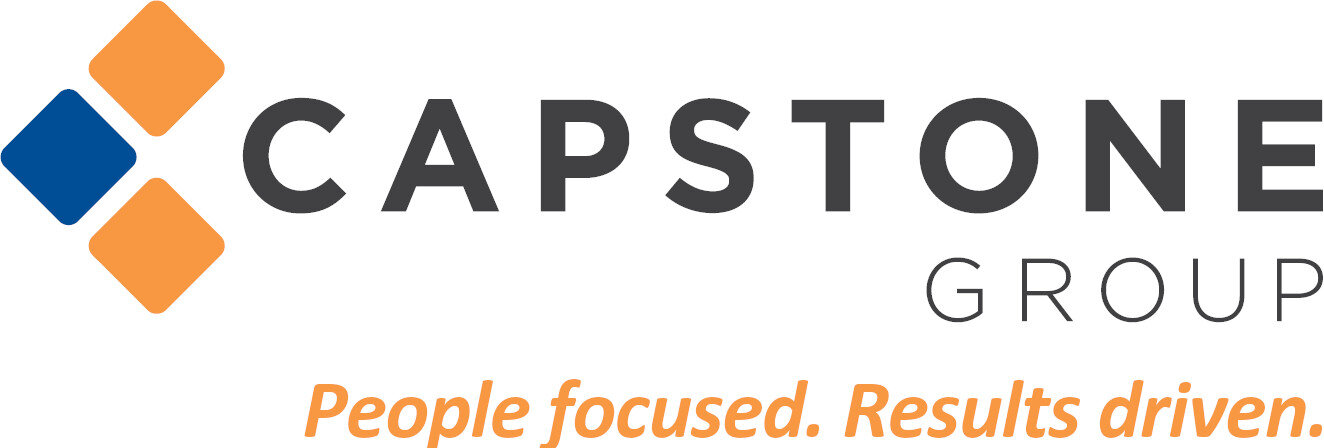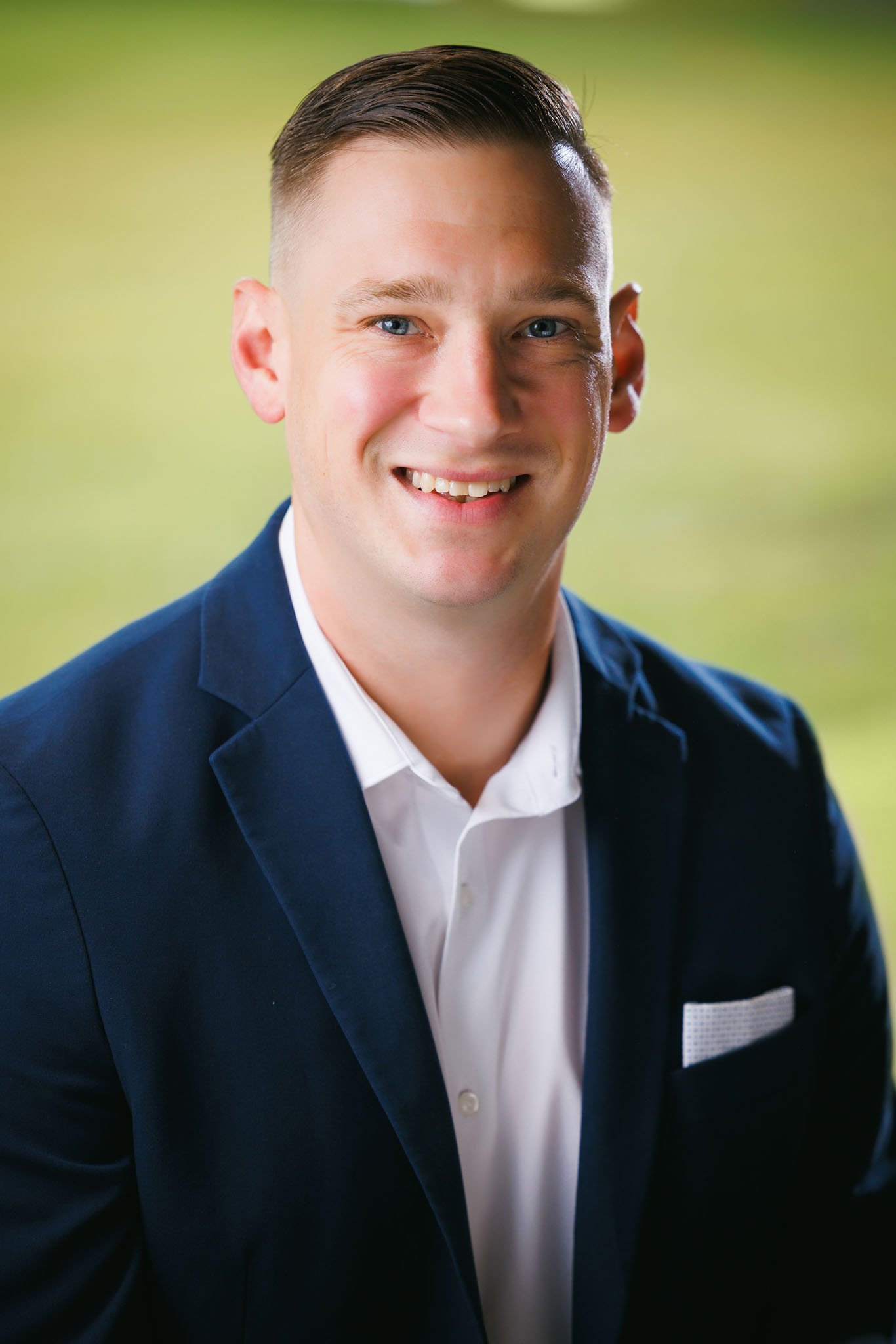Author: Gregory L. Chaples, Vice President - Property & Casualty
Introduction
In today’s climate, businesses are constantly in search of effective ways to control costs, minimize risk and deploy capital in the most efficient ways possible. However, in recent years, this has presented a challenge for many organizations when it comes to managing insurance costs.
Traditionally, insureds pay a fixed premium to an insurance carrier in exchange for an agreement to pay for covered claims. In this model, the insurance carrier takes on most of the risk and retains all profits after claims are paid. Every year, the insurance carrier is largely in control of renewal premiums and terms which can be an unpredictable and frustrating process for many organizations that operate safely and have favorable loss history. Traditional insurance carriers calculate renewal premiums based on a company’s claim record, but also on many other macro factors such as catastrophic weather events, underwriting profitability and the overall state of the Property & Casualty market. This model offers little control to the insured, and organizations are increasingly looking for alternative risk financing strategies. An increasingly popular alternative is Group Captive Insurance programs.
What is a Captive Insurance Program?
A Captive insurance program can be an attractive opportunity for businesses to gain more stability and control over their insurance costs. Rather than paying traditional premiums to an insurance company, an organization sets aside money to cover its own risks. The Captive model allows like-minded businesses to band together to share and spread risks by essentially becoming shareholders in their own insurance company. The Captive is protected by reinsurance provided by a conventional insurance carrier to insulate the captive from catastrophic losses.
What are the benefits?
The Captive model can provide additional benefits beyond greater control and stability of insurance premiums. These include:
Enhanced Profit Potential – If loss experience is favorable, Captive members have the opportunity to access profits that would otherwise be retained by an insurance carrier.
Investment Income – A portion of underwriting profits are invested by the Captive, and returns are shared amongst its members.
Tax Advantages & Estate Planning – Since captive members are owners, a Captive can be a powerful tool for tax deferrals and savings. Dividends and profits can be distributed to an entity or person of the member’s choice, making the model an effective tool for business perpetuation and estate planning.
Long-Term Stability – A Captive offers cost stability during market fluctuations. In the traditional insurance market, insureds are subject to premium increases or decreases based on factors outside of your control.
Access to Best Practices – Captive members can share best practices amongst like-minded businesses.
Claims & Loss Control Services – Members also enjoy industry leading safety, loss control and claims support to minimize claims and maximize profits. Members are rewarded for operating safely and prioritizing risk management.
Who Should Consider a Captive?
Organizations interested in achieving long-term financial strength and stability.
Management teams that are committed to safety and effective risk management.
Favorable loss history that is considered better than the industry average.
Minimum liability premiums of $100,000 – General Liability, Auto and Workers Compensation combined.
However, businesses that successfully qualify for Captives typically have traditional insurance premiums of $100,000 – $1,000,000
Conclusion
There are many factors to consider when determining if a Captive arrangement is right for your organization. While there are many benefits, it’s imperative to work with a professional agent to perform a feasibility study to understand the short and long-term implications of entering a Captive. The Captive model has become more accessible in recent years, and the trend is likely to become increasingly attractive to organizations looking to take back control of their insurance costs.
Contact Us:
Gregory L. Chaples, CIC
Vice President - Property & Casualty
Office: 215-542-8030


